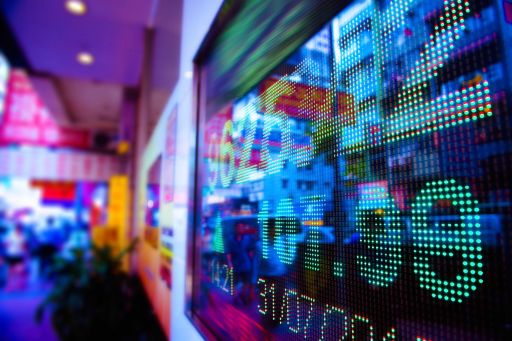Cryptoassets (or crypto) have garnered significant attention from the media, financial analysts, governments, regulatory institutions and investors over 18 months, where we saw crypto competing against financial products for investment dollars across the traditional asset classes of stocks, bonds, commodities, and derivatives.
Crypto is defined broadly as digital units of account in which cryptographic techniques are used to regulate the generation and distribution of units on a blockchain. In practice, crypto means multiple things to different people: an investment asset class like commodities, a store of value like gold, a legitimate medium of exchange, a covert method of exchange, an immutable record of rights & ownership or even an incentive mechanism like rewards points.
Cryptoassets have potential. But to realise this potential, institutionalisation is needed. Institutionalisation is the at-scale participation in the crypto market of both traditional and emerging players within the global financial services ecosystem. We believe institutionalisation is a necessary next step for crypto to create trust and scale.
The staying power of many cryptoassets will be defined by their ability to reduce friction and inefficiencies that currently exist within the global economy.
Our paper provides an overview of the crypto market, introduces the emerging tokenized economy, and identifies the key challenges to the adoption of crypto in the global financial services ecosystem. We also introduce KPMG’ s Cryptoasset Framework to help address these challenges. The framework underpins KPMG’s crypto capabilities that have been developed through our work with crypto exchanges, start-ups, and large financial services organisations.
So what steps should organisations take to start their crypto journey?
The paper addresses key areas including:


